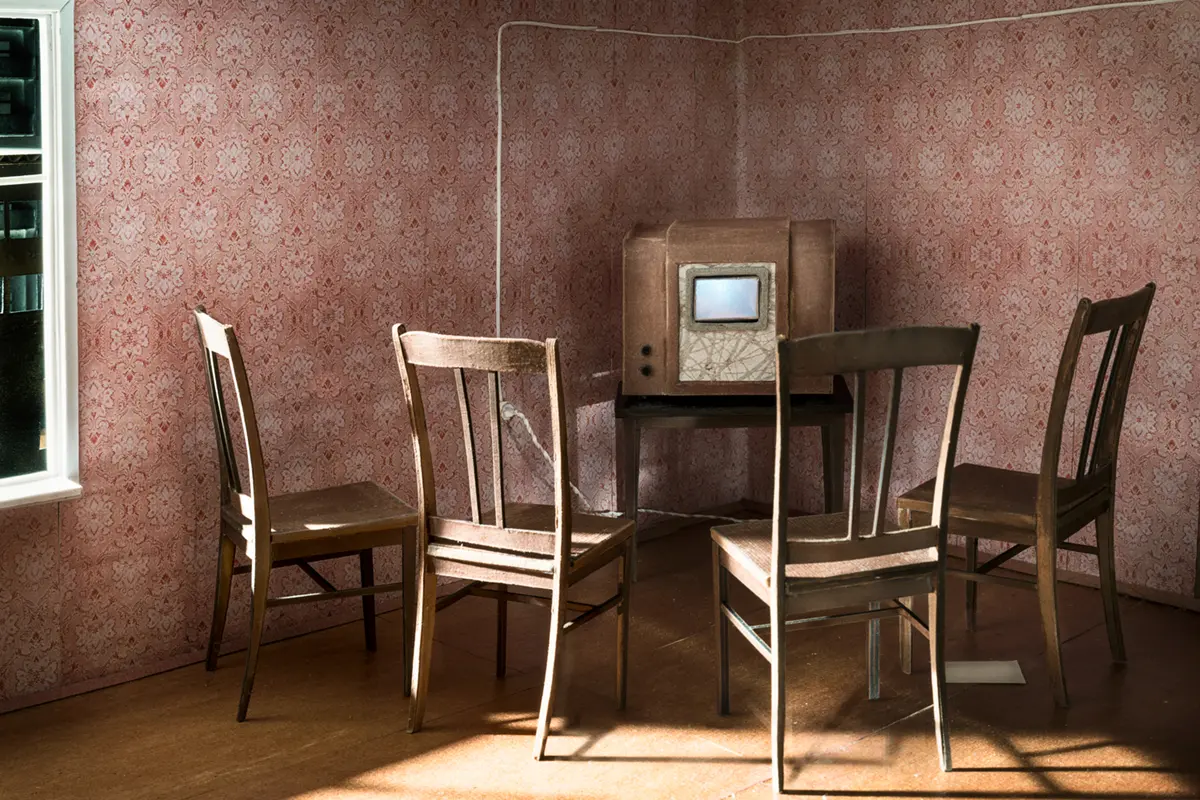 Image by Pavel Romaniko
Image by Pavel Romaniko
10/23/2022
BOSTON, MA—Earlier this month Project Save Photograph Archives welcomed photographer and artist Pavel Romaniko as its first Artist in Residence. Romaniko will spend three months looking through the vast and diverse collection of original photographs in the archive. He will then create a public work based on his engagement with the photographs. In November, he will also speak in the Conversations on Photography series.
A native of Pereslavl-Zalessky, Russia, Romaniko moved to the United States as a teenager. He completed a BA in Studio Arts from Northwestern College in St. Paul, Minnesota and an MFA in Imaging Arts from the Rochester Institute of Technology. He currently teaches photography at the University of Massachusetts Lowell. Romaniko uses photographs, sculpture, and video to explore gaps in archives and in collective memory, relying on imagery and symbolism found in both the public realm and his own memory. In this way, his work seeks to reconcile his own personal nostalgia with his native Russia's attempts at reconciliation with its tumultuous history and its uneasy relationship with a rapidly changing present.
For his residency, Romaniko has chosen to focus on a specific collection of over 2,000 photographs from Soviet Armenia that were donated by Jack Torossian to Project Save. “Even though in my artwork I often rely on and reflect on a public repository of images, I have never worked with an archive before. This is a wonderful opportunity,” Romaniko said.
“I’m extremely pleased to welcome an established and unique artist like Pavel to Project Save,” said Executive Director, Arto Vaun. “The aim of the Artist and Research Residencies is to expand Project Save’s reach and impact,” he continued. “Pavel’s background and art make him ideally suited to be our first Artist in Residence.”

Announced last month, the Project Save Artist and Researcher Residency is the only such initiative by an Armenian cultural organization in the region. By engaging with professional artists and researchers, Project Save becomes a living archive, preserving the past while dialoguing with the present and future.
With over 80,000 original hardcopy photographs from around the world, Project Save is the largest and oldest archive solely focused on images from the Armenian global experience. “Project Save has been under the radar for way too long,” said Vaun. “As we near our 50th anniversary, it’s about time Project Save takes its place as one of the most important Armenian cultural organizations in the world, and one of the most important photography archives in North America,” he added.
For more information and to support Project Save’s mission, visit projectsave.org.
